The Life Cycle of a Bass and How It Affects Fishing
Bass fishing is one of America’s most beloved outdoor pursuits, with millions of anglers pursuing these iconic gamefish each year. Understanding the life cycle of bass species—particularly largemouth and smallmouth bass—is crucial for anyone looking to improve their fishing success. These remarkable fish undergo dramatic transformations throughout their lives, with each stage presenting different challenges and opportunities for anglers. From tiny eggs to trophy-sized adults, bass biology directly influences their behavior, habitat preferences, and vulnerability to various fishing techniques. This comprehensive exploration will guide you through the fascinating life journey of bass and reveal how knowledge of their development can transform your approach to fishing.
The Spawning Phase: The Beginning of Life

The bass life cycle begins during spawning season, typically occurring when water temperatures reach 60-75°F (15-24°C) in spring. Male bass select nesting sites in shallow waters with firm bottoms—often gravel, sand, or hard clay—where they create circular depressions by sweeping their tails. Female bass, usually larger than males, may carry 2,000 to 40,000 eggs depending on their size and age. After a complex courtship ritual, females release their eggs into the nest where males fertilize them externally, beginning the next generation of bass. This spawning period creates one of the year’s most predictable fishing opportunities, as bass become territorial and aggressive in protecting their reproductive investment.
Egg Development and Vulnerabilities
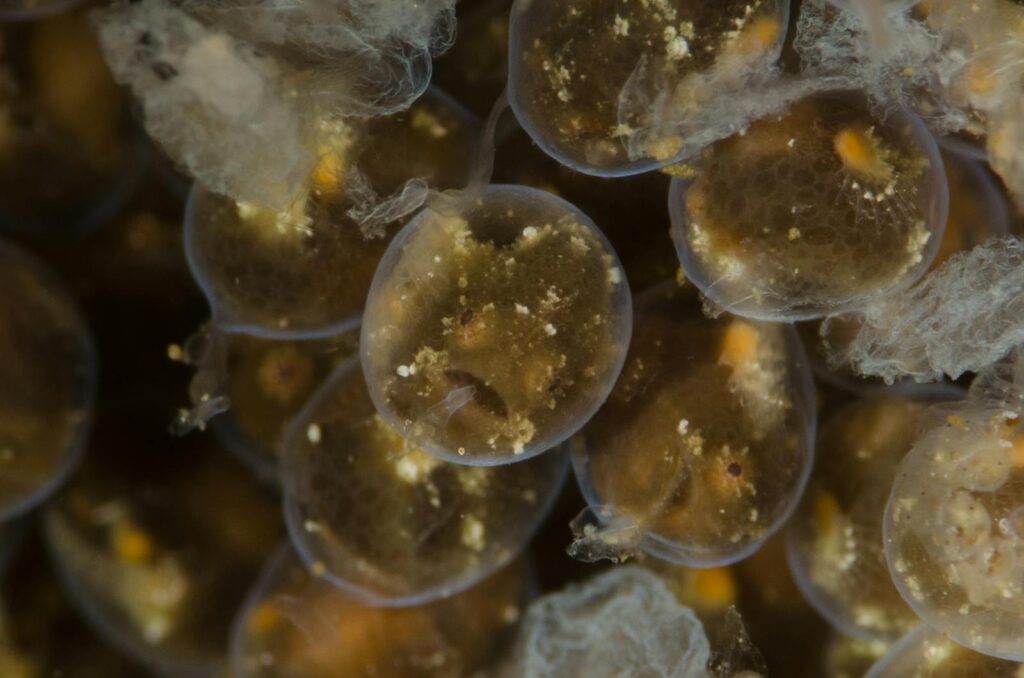
Once fertilized, bass eggs adhere to the nest substrate and develop over a period of 2-5 days, depending on water temperature—warmer waters accelerate development. During this critical phase, the male bass remains vigilant, fanning the eggs with his fins to provide oxygen and prevent silt accumulation, while aggressively chasing away potential predators. The eggs are extremely vulnerable during this period to environmental stressors including temperature fluctuations, excessive siltation, and predation from other fish species like bluegill and crappie. For anglers, this creates an ethical consideration, as catching guardian males can leave eggs exposed to predation, potentially impacting future bass populations. Many responsible anglers either avoid targeting spawning bass or practice extremely quick catch-and-release during this period.
The Fry Stage: Early Survival Challenges

After hatching, bass enter the fry stage—tiny, transparent creatures approximately 1/4 inch long with a small yolk sac providing initial nourishment. These newly hatched bass remain in tight schools near the nest under the male’s protection for their first few days of life. Once their yolk sacs are absorbed (typically 2-7 days post-hatching), the fry begin feeding on microscopic zooplankton and facing their first major survival challenge. Mortality rates during this stage are extraordinarily high, with some studies suggesting that less than 5% of hatched bass survive their first two weeks. Predation, starvation, and environmental factors create a natural bottleneck that shapes bass population dynamics. From a fishing perspective, areas with successful spawns may produce better fishing opportunities in future years.
Fingerling Development and Habitat Shifts
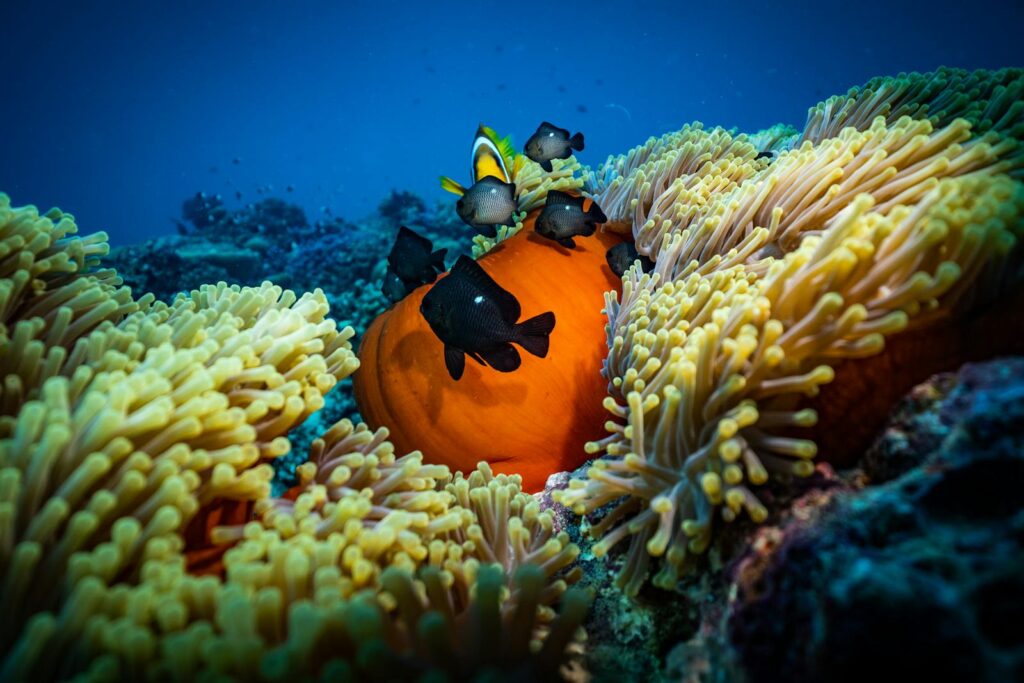
By about three weeks of age, surviving bass reach the fingerling stage, measuring approximately one inch long and beginning to resemble miniature versions of adult bass. At this point, they undergo significant dietary and habitat transitions, moving from zooplankton to larger prey including small insects, crustaceans, and eventually tiny fish. Fingerlings typically disperse from nesting areas to seek protective cover in shallow weed beds, brush piles, or other complex structures that offer both protection and feeding opportunities. This stage represents a critical period where young bass develop predatory skills that will define their future success. For anglers, understanding these nursery areas helps identify where next year’s catch-and-release bass will develop, though targeting these juvenile fish is generally discouraged for conservation reasons.
The Juvenile Phase: Predatory Development
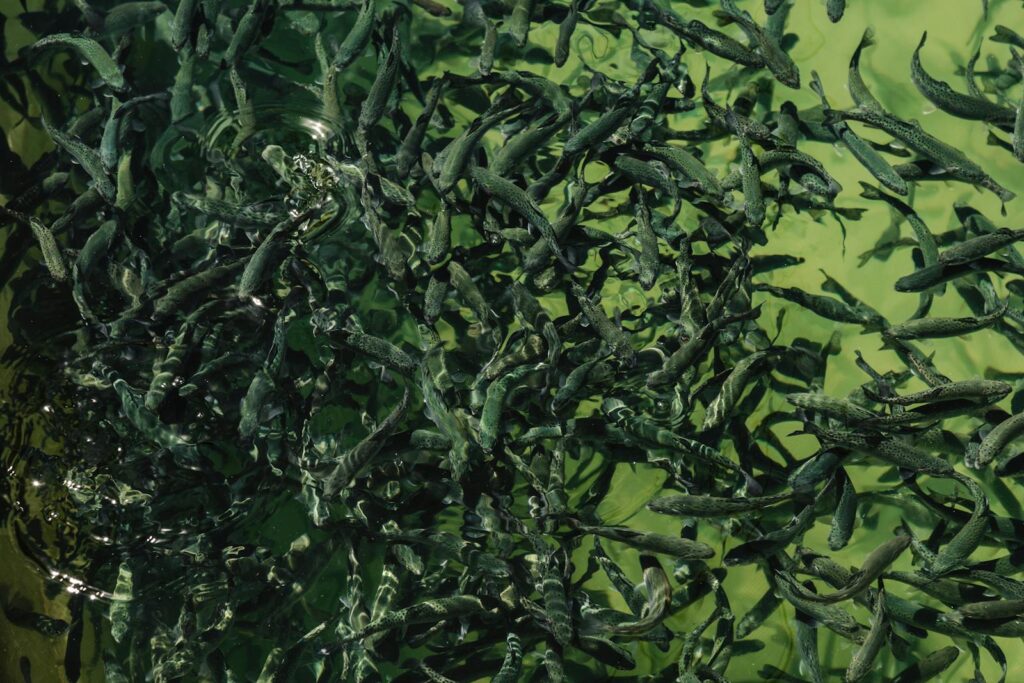
As bass reach 3-6 inches in length during their first year, they enter the juvenile phase characterized by accelerated growth and increasingly sophisticated predatory behavior. During this stage, young bass begin occupying territories similar to adults but typically in shallower waters with more protective cover. Their diet shifts predominantly toward other fish, though they opportunistically consume crayfish, frogs, and larger insects when available. Juvenile bass often travel in loose schools for protection, unlike the more solitary nature of adults. From a fishing perspective, these “yearling” bass become catchable on smaller lures and can provide fast action, though most are too small to be legal keepers in many jurisdictions. Many expert anglers recognize that areas holding numerous juvenile bass often indicate productive spawning habitat worth revisiting in future spawning seasons.
Growth Patterns and Environmental Factors
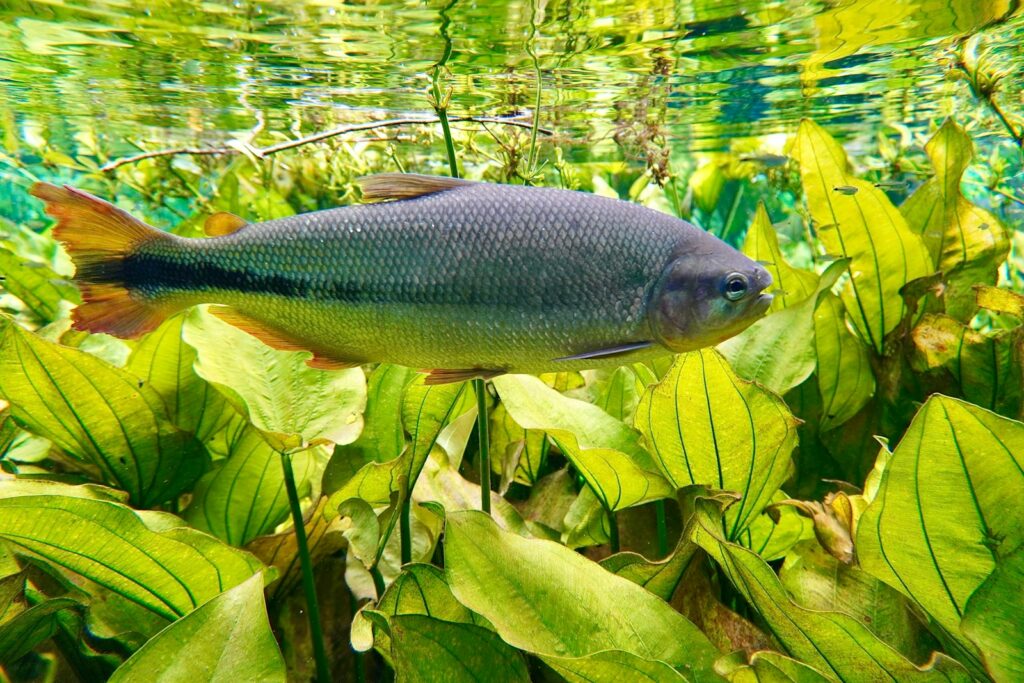
Bass growth rates vary dramatically depending on genetics, food availability, habitat quality, and especially water temperature. In optimal southern waters with long growing seasons, bass may reach 10 inches within their first year and become sexually mature by age 2-3. In contrast, northern bass typically grow more slowly, sometimes taking 4-5 years to reach sexual maturity. Water quality plays a crucial role in development, with turbidity, oxygen levels, and forage availability directly influencing growth potential. These geographic and environmental differences create distinctive fishing opportunities across different regions, with some lakes famous for producing numerous bass while others are known for fewer but larger specimens. Understanding the growth potential of your local waters helps set realistic expectations about the size structure of bass you’re likely to encounter.
Adult Bass Behavior and Seasonal Patterns
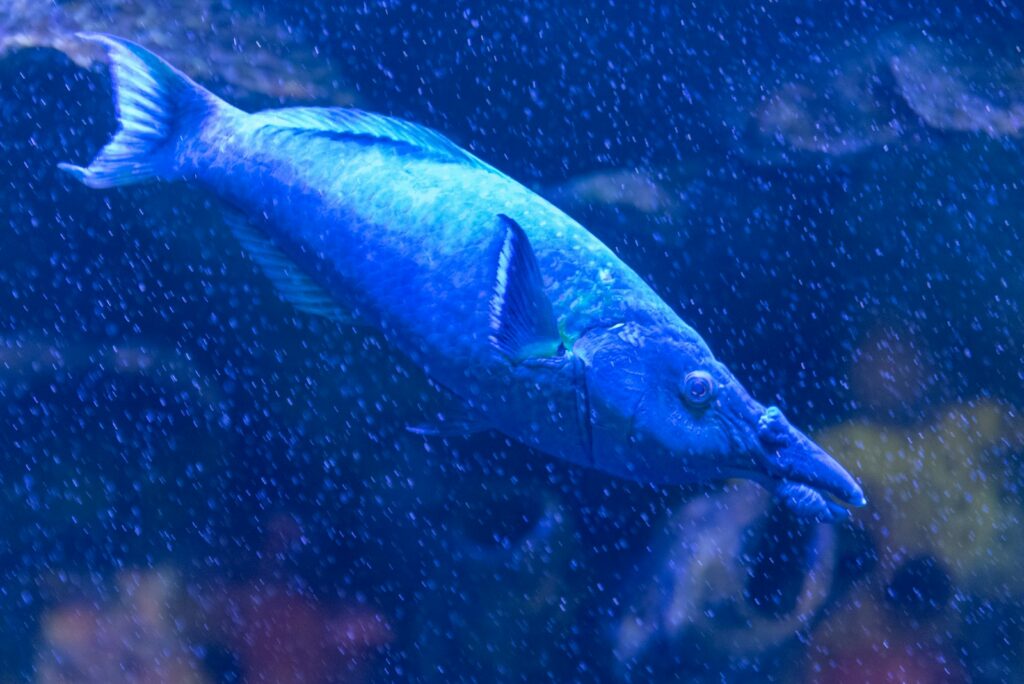
Mature bass typically establish predictable seasonal patterns that directly influence fishing success throughout the year. During pre-spawn periods, bass move from deeper winter haunts toward spawning areas, often staging on transition structures like points and channel edges. Summer typically finds bass adjusting their behavior around thermoclines and oxygen levels, feeding actively during dawn and dusk while seeking cooler waters during midday. Fall triggers feeding frenzies as bass build energy reserves for winter, with fish often following baitfish schools into shallow areas. Winter generally pushes bass deeper where they become more lethargic but still feed opportunistically during stable weather. These seasonal shifts are fundamental knowledge for successful bass anglers, who must adjust their techniques, locations, and expectations throughout the year to match the bass’s biological imperatives.
Trophy Bass: Understanding Exceptional Growth
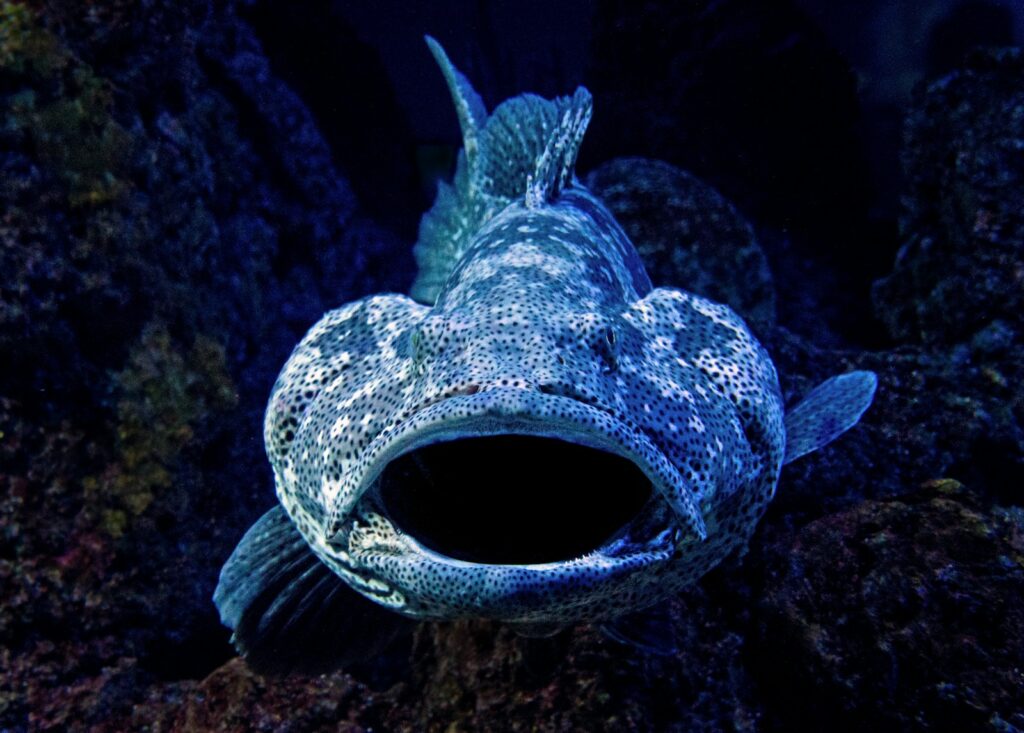
Trophy bass—typically considered those exceeding 8 pounds for largemouth or 5 pounds for smallmouth—represent individuals with exceptional genetics, optimal environments, and substantial longevity. These fish may be 10-15 years old or more and have survived countless challenges including fishing pressure, predators, disease, and environmental stressors. Female bass grow substantially larger than males due to the energy requirements of egg production, which is why nearly all trophy bass are female. Trophy specimens often develop unique behavioral patterns, becoming more nocturnal and selective in their feeding habits, which explains why they’re so challenging to catch. For anglers pursuing these elusive trophies, understanding their preference for specific structures, tendency to hold in isolated locations, and selective feeding behavior becomes essential for success.
Bass Feeding Habits Through Life Stages
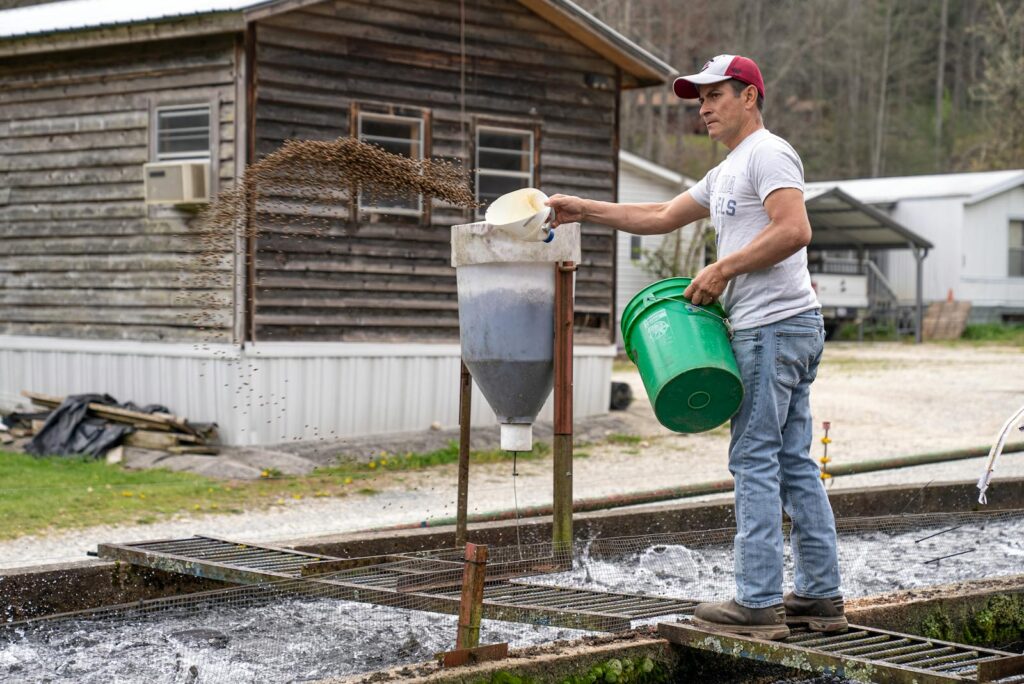
A bass’s feeding preferences and techniques evolve dramatically throughout its life, directly influencing effective fishing strategies. Young bass feed primarily by sight, pursuing small prey in clear, shallow waters with explosive strikes. As they mature, bass develop more sophisticated ambush techniques, using structure and vegetation as cover while relying increasingly on their lateral line sensory system to detect prey movement. Adult bass become opportunistic feeders, shifting between chasing active prey and ambushing vulnerable targets based on energy efficiency. Their prey selection broadens with age—mature bass may consume practically anything they can fit in their mouths, from traditional prey like shad and bluegill to surprising items like small birds, snakes, and even juvenile members of their own species. This evolving relationship with food explains why lure selection and presentation must be adjusted based on the size class of bass being targeted.
The Impact of Fishing Pressure on Bass Development
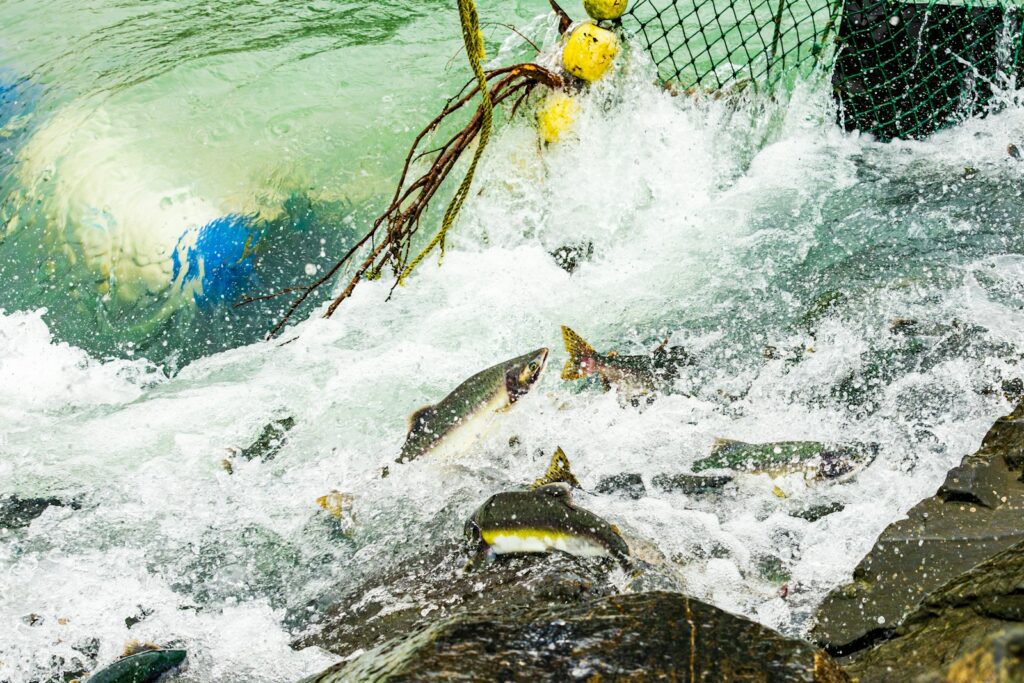
Modern research reveals that fishing pressure significantly influences bass development and behavior, potentially altering natural life cycles. In heavily fished waters, bass often develop increased wariness, becoming more challenging to catch as they learn to associate certain lures with danger. Studies suggest that catch-and-release practices, while beneficial for population sustainability, may select for fish that are more difficult to catch as those with more cautious genetics survive to reproduce. Some research indicates that frequent handling through catch-and-release may temporarily reduce growth rates as bass expend energy recovering from the stress of capture. In extreme cases, high-pressure fishing environments have been shown to alter spawning behavior, with bass seeking more secluded or non-traditional nesting sites. These adaptations represent the ongoing evolutionary relationship between predator (angler) and prey (bass) that shapes fishing success.
Conservation Considerations Throughout the Life Cycle
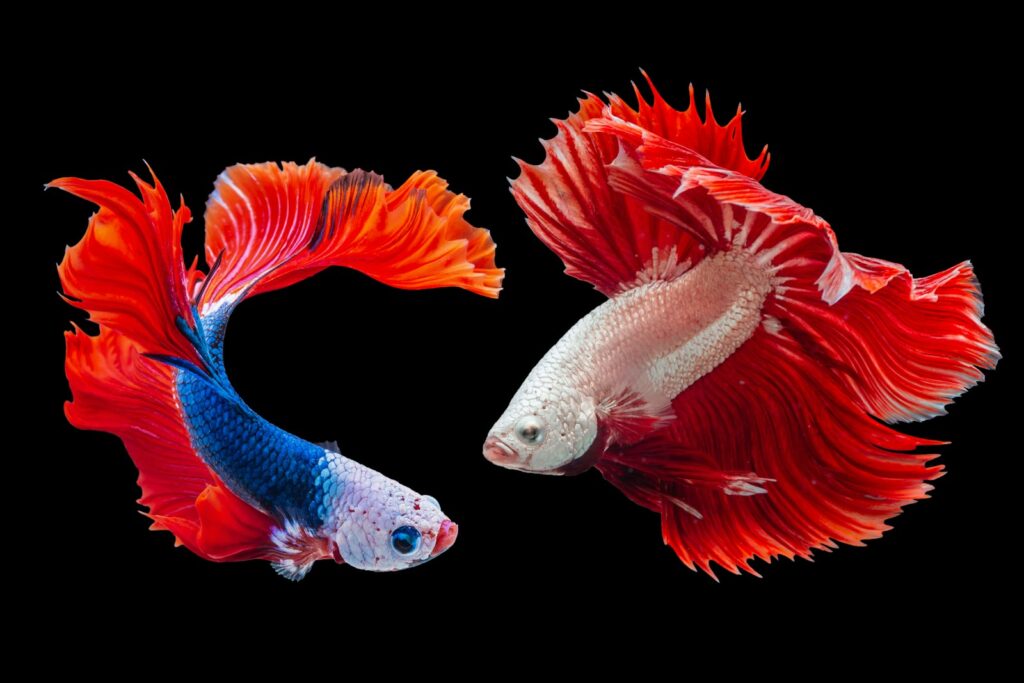
Each bass life stage presents unique conservation considerations for responsible anglers and fisheries managers. Protecting spawning areas from excessive disturbance helps ensure successful reproduction, while maintaining water quality safeguards the development of fry and fingerlings. Size limits are typically designed around allowing bass to reach sexual maturity before harvest, ensuring they contribute to the next generation. Catch-and-release practices become particularly important for larger, genetically superior fish that contribute disproportionately to population quality. Habitat conservation and enhancement—including maintaining aquatic vegetation, creating artificial structure, and protecting water quality—support bass throughout their life cycle. Enlightened anglers increasingly recognize that their long-term fishing success depends on understanding and protecting bass at every developmental stage, not just targeting adult fish.
Applying Life Cycle Knowledge to Fishing Success
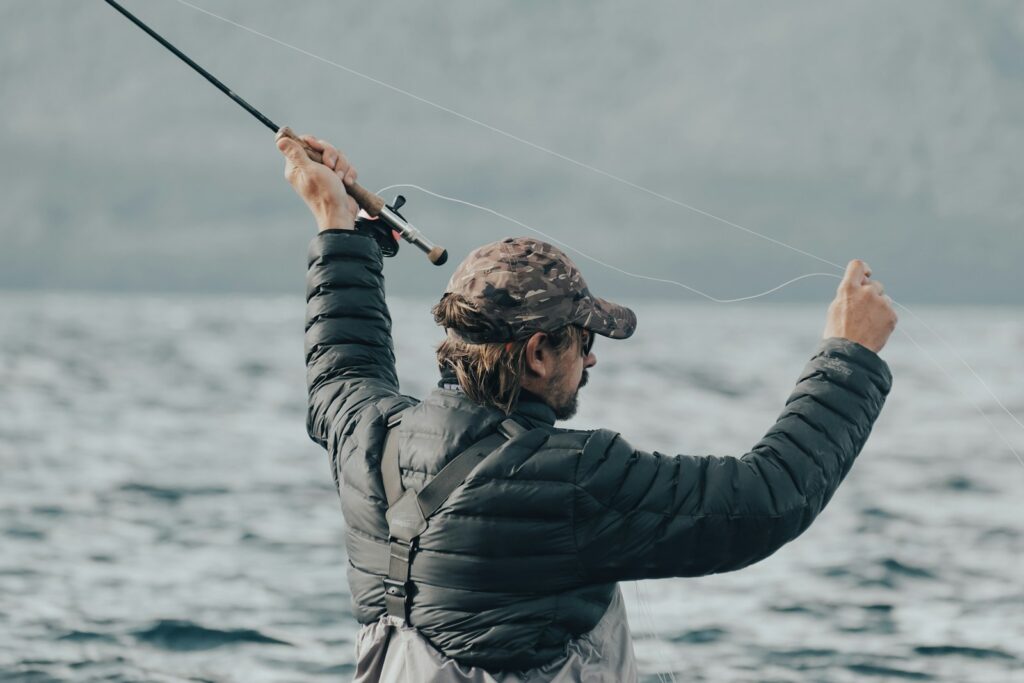
Understanding the bass life cycle provides anglers with powerful insights that directly translate to fishing success. By recognizing that spring fishing success often revolves around reproductive imperatives, anglers can target pre-spawn staging areas, spawning flats, and post-spawn recovery zones where bass are fulfilling biological needs. Knowledge of seasonal growth patterns helps predict when bass will be most actively feeding to support development. Recognizing the relationship between bass size and prey preference allows more precise lure selection—smaller bass typically pursue more active presentations while trophy specimens often respond better to larger profile baits with subtle actions. Perhaps most importantly, life cycle understanding helps anglers anticipate location patterns, as bass of different ages utilize different parts of the aquatic environment based on their specific needs for food, protection, and reproductive success.
The Future of Bass Populations and Fishing
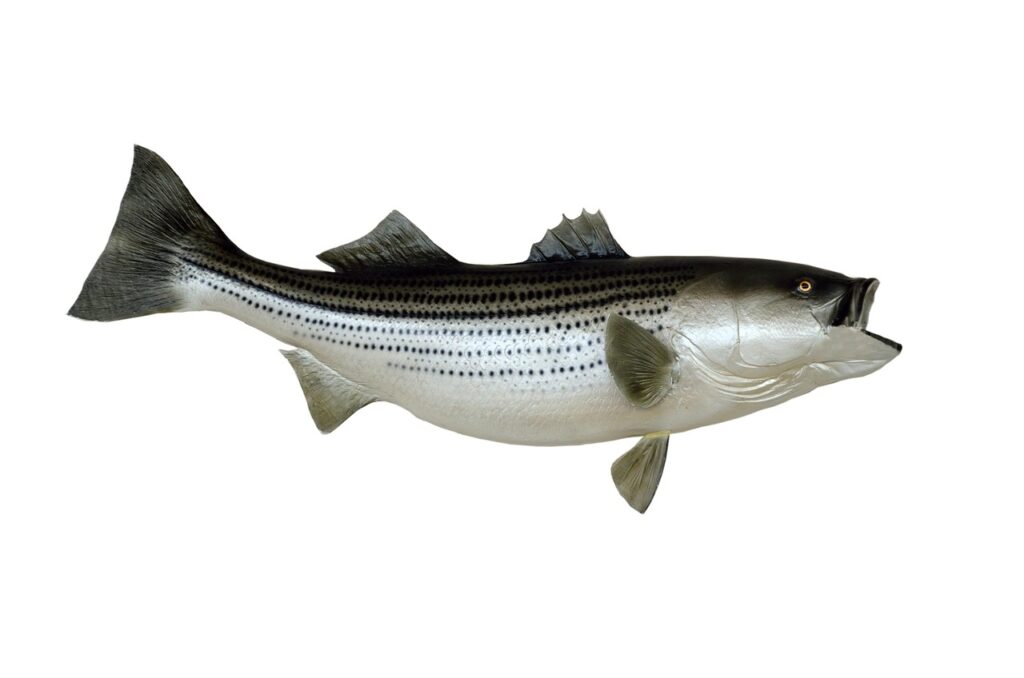
The ongoing relationship between bass life cycles and fishing faces new challenges in the coming decades. Climate change is already altering traditional spawning timing in many waters, with warmer temperatures pushing reproduction earlier in the year and potentially creating mismatches with traditional prey availability. Invasive species continue to disrupt established ecological relationships, sometimes benefiting bass populations by providing new food sources but often competing for critical resources. Conservation practices are evolving, with catch-photo-release becoming more common for trophy specimens and genetic research offering new insights into population management. Technologies including environmental DNA sampling are providing fisheries managers with better tools to monitor bass populations at various life stages. For anglers, adapting to these changes requires ongoing education about bass biology and life cycles, ensuring that fishing practices remain sustainable as these iconic gamefish face new environmental challenges.
## Conclusion
The life cycle of bass represents a remarkable journey from vulnerable egg to apex predator, with each developmental stage presenting different behaviors, needs, and challenges. For anglers, this biological progression isn’t merely academic knowledge—it’s the foundation for successful fishing strategies throughout the year. By aligning fishing approaches with the bass’s current life stage and biological imperatives, anglers can dramatically improve their success while participating in conservation efforts that ensure healthy bass populations for future generations. Whether you’re pursuing your first bass or seeking a once-in-a-lifetime trophy, understanding the intricate relationship between bass development and fishing success transforms random casting into an informed, strategic pursuit that deepens appreciation for these remarkable gamefish.

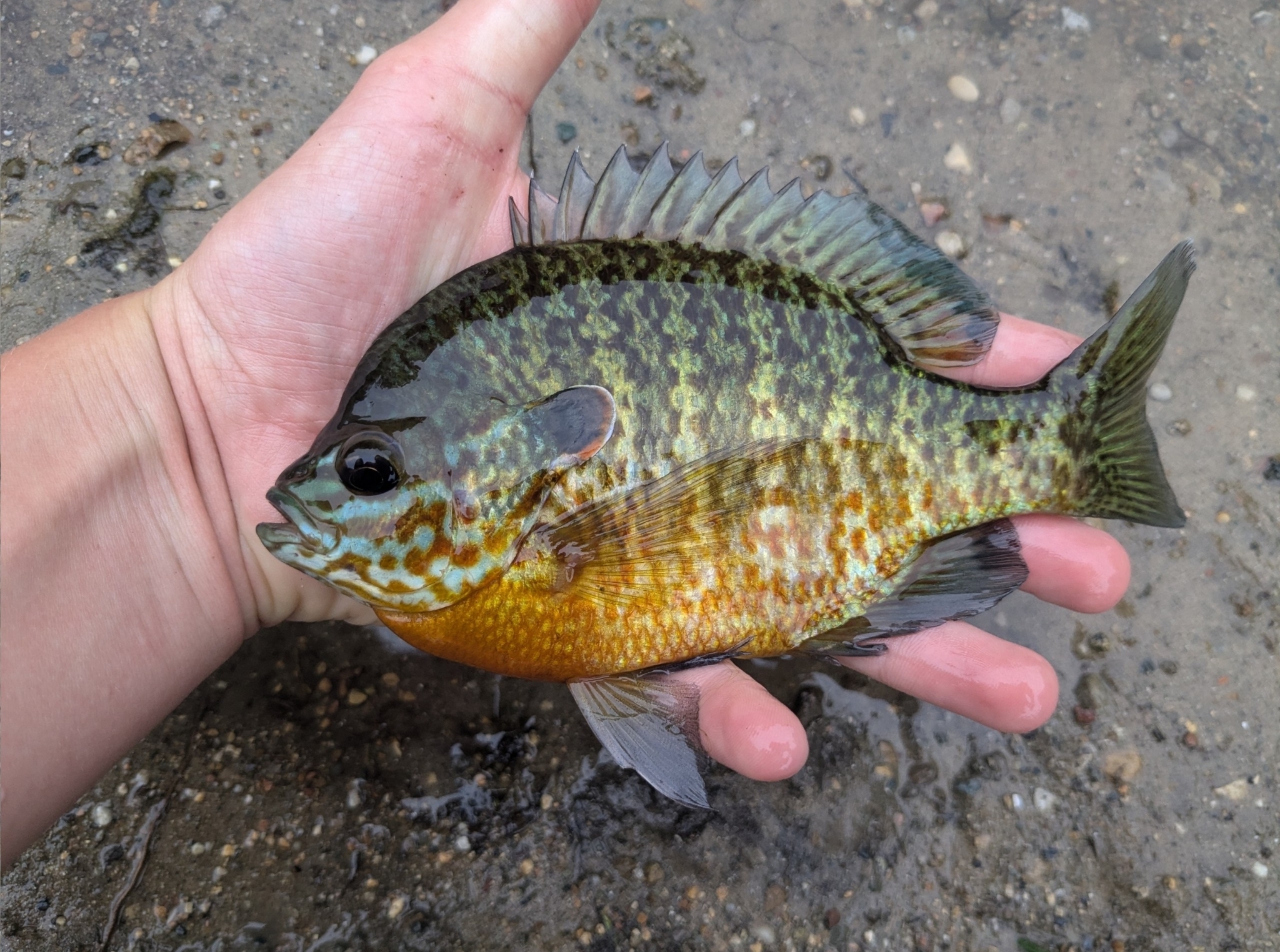












Post Comment